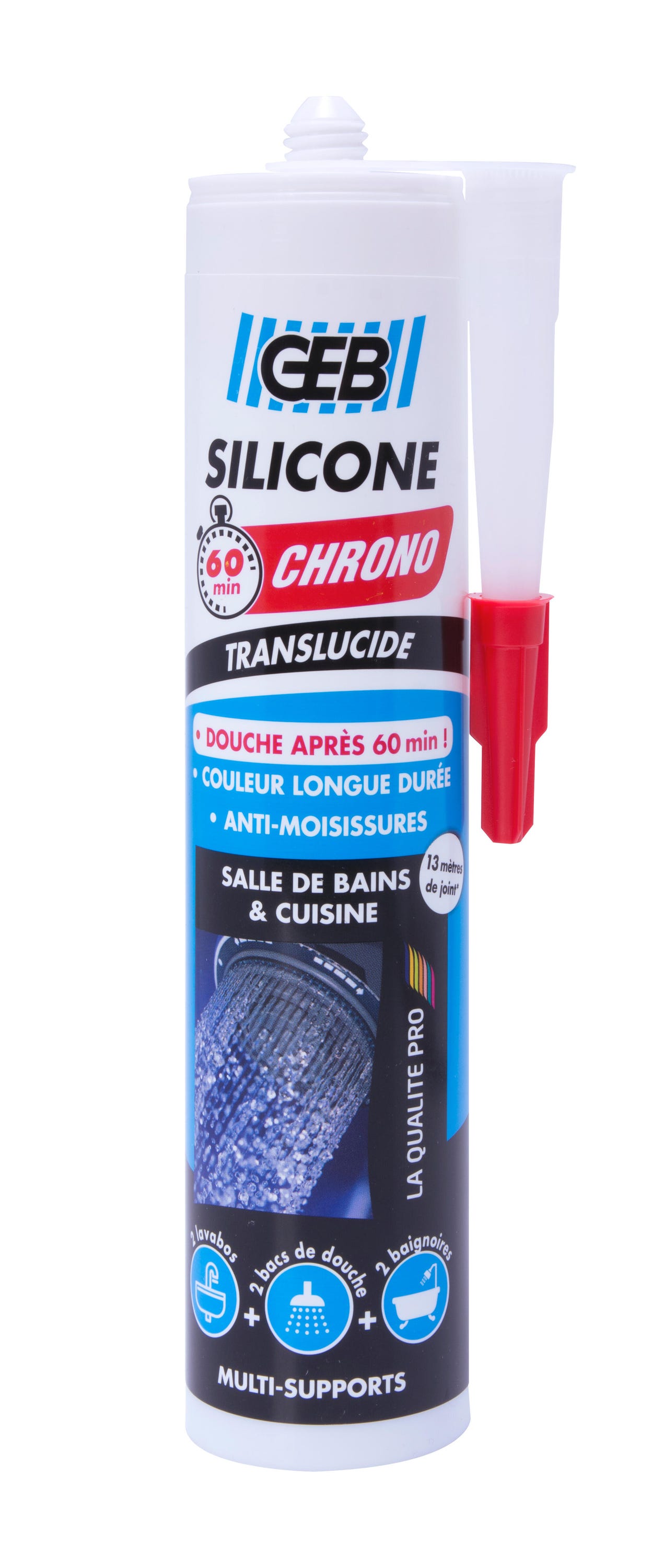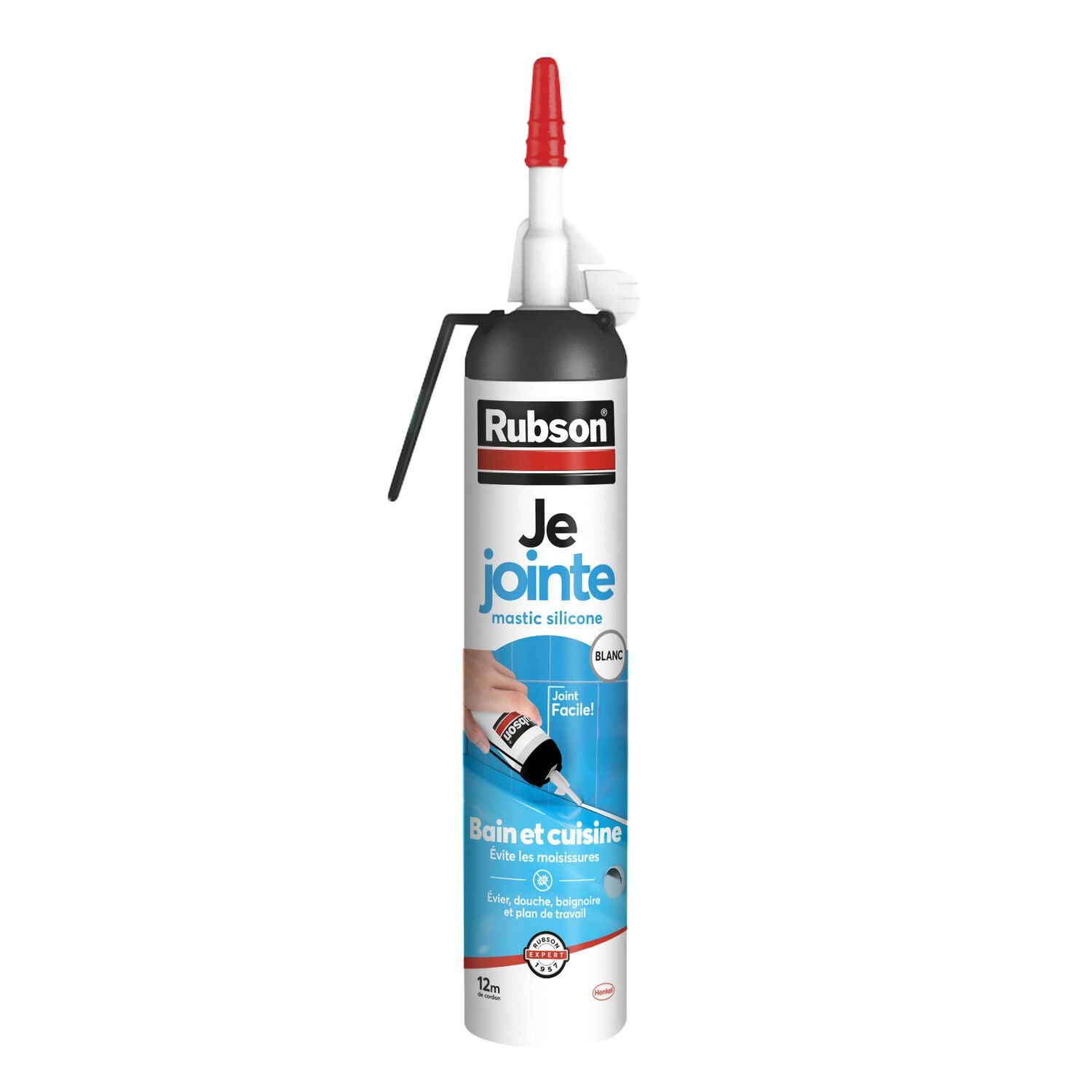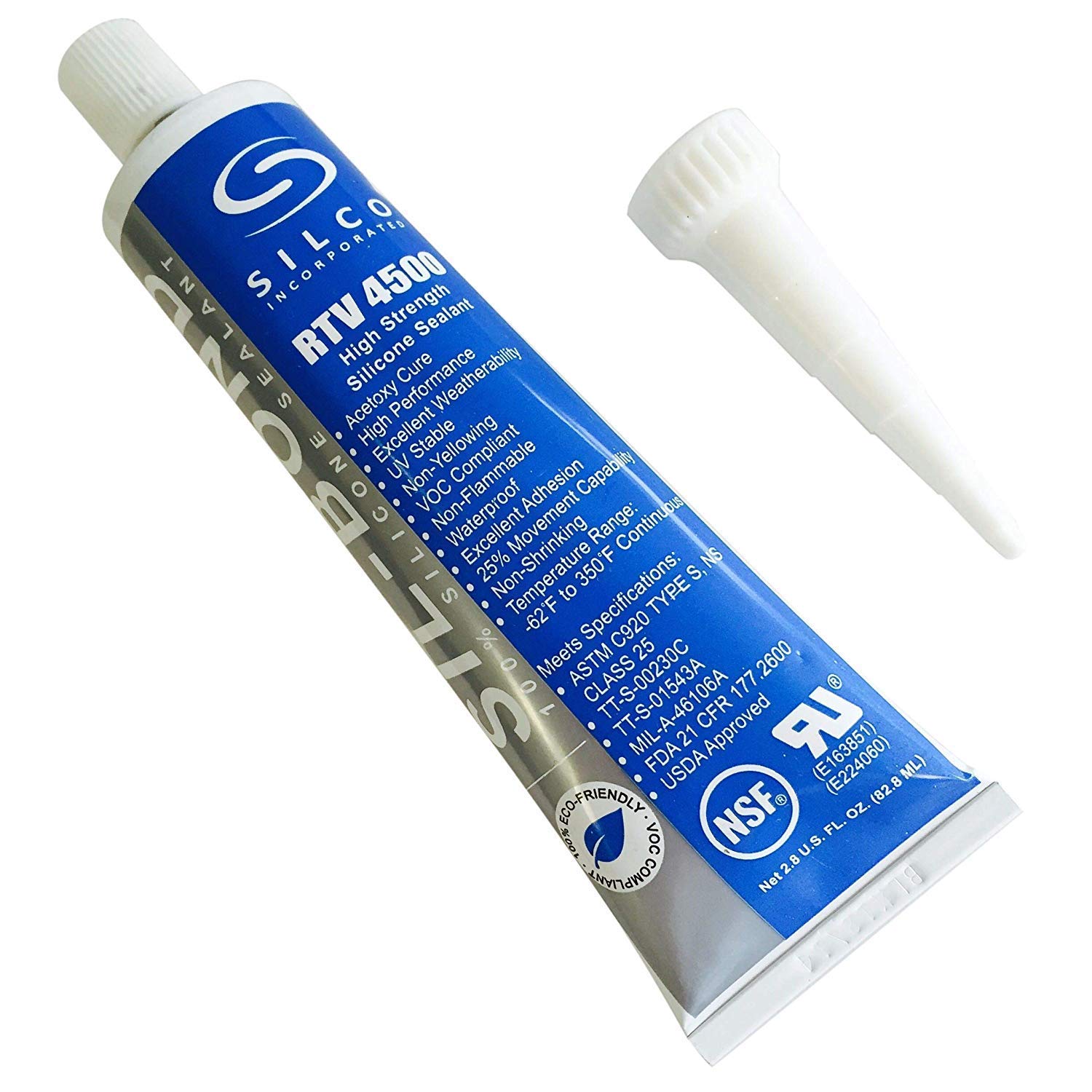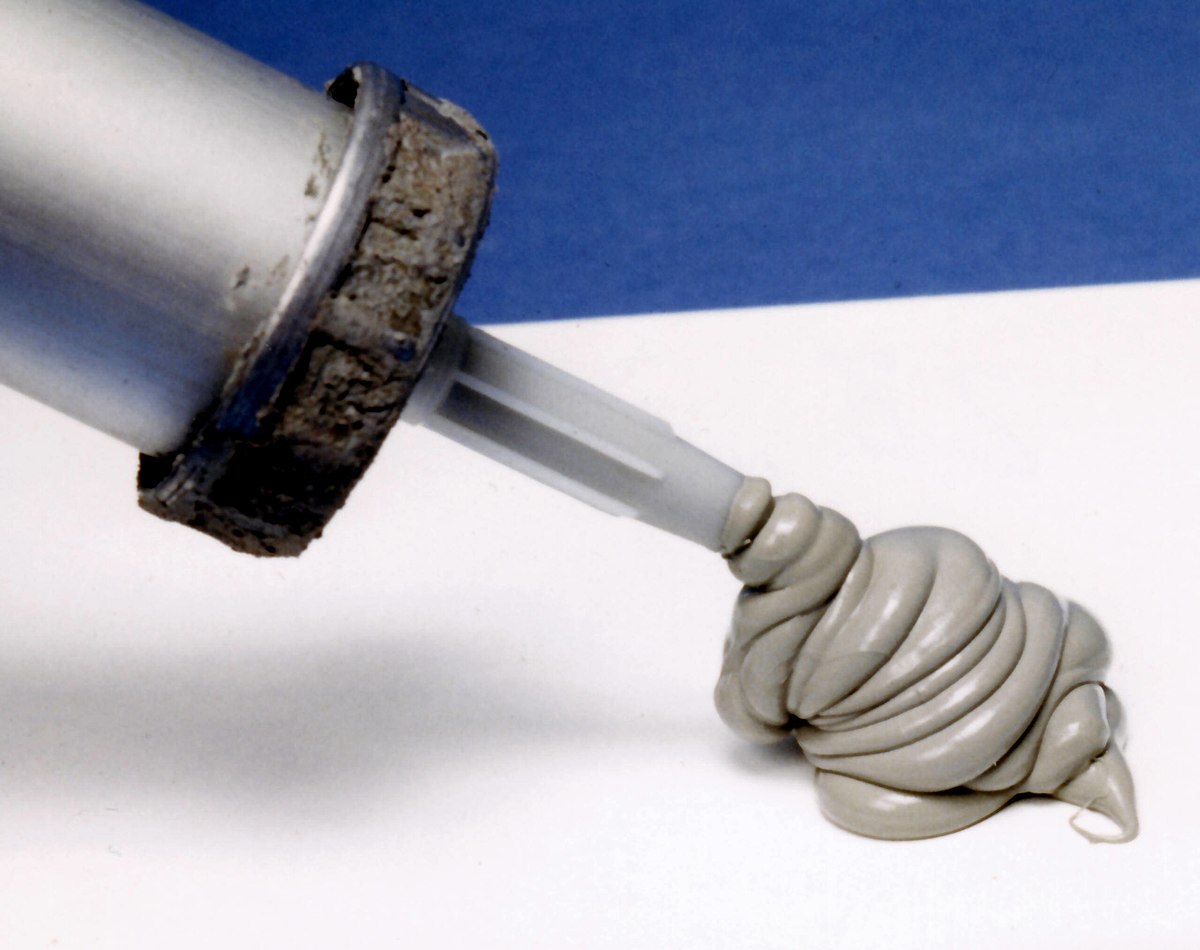The iron oxide additive adds high thermal conductivity but does not change the high electrical insulation property of the silicone rubber. The crosslinkers used in condensation cure systems are typically alkoxy, acetoxy, ester, enoxy or oxime silanes such as methyl trimethoxy silane for alkoxy-curing systems and methyl triacetoxysilane for acetoxy-curing systems. The solvent then evaporates, leaving a clear film that lubricates but does not attract dirt and grit as much as an oil -based or other traditional "wet" lubricant. Additive Manufacturing. As the nature of air travel results in much noise and vibration, powerful engines, landings, and high speeds all need to be considered to ensure passenger comfort and safe operation of the aircraft. Shin-Etsu Handotai part of the Shin-Etsu Group produces semiconductor-grade silicon, and is the world's leading producer. As silicone rubber has exceptional noise reduction and anti-vibration properties, it can be formed into small components and fitted into small gaps ensuring all equipment can be protected from unwanted vibration such as overhead lockers, vent ducts, hatches, entertainment system seals, and LED lighting systems. They are noted for their ability to function in conditions that would destroy conventional materials. Nittoli, A. Scar treatment sheets are often made of medical grade silicone due to its durability and biocompatibility. What is silicone? As a low-taint, non-toxic material, silicone can be used where contact with food is required.


September 29, Ullmann's Encyclopedia of Industrial Chemistry lists the following major categories of application: Electrical e. Two-part condensation systems package the cross-linker and condensation catalyst together in one part while the polymer and any fillers or pigments are in the second part. Strona główna Silicone FG Strona główna. The first stable silanone was obtained in by A. Silicones exhibit many useful characteristics, including: [1]. Polysiloxanes terminated with functional ligands such as vinyl , mercapto or acrylate groups have been cross linked to yield preceramic polymers , which can be photopolymerised for the additive manufacturing of polymer derived ceramics by stereolithography techniques.
Learn more
Maintaining extreme functionality is paramount for passenger safety in the aerospace industry, so each component on an aircraft requires high-performance materials. Silicones also have the advantage of little exothermic heat rise during cure, low toxicity, good electrical properties, and high purity. Silicone rubber may be cured by a platinum -catalyzed cure system, a condensation cure system, a peroxide cure system, or an oxime cure system. Silicone vs. Smarowanie Smarowniczki , kapturki ochronne Smarownice ręczne, węże, końcówki Olejarki ręczne smarownice automatyczne, systemy wielopunktowe Smarownice jednopunktowe Smarownice wielopunktowe Servicepacki , zestawy montażowe pompy smaru-oleju Pompy ręczne Pompy elektryczne pompy pneumatyczne zbiorniki grawitacyjne , smarowanie kropelkowe Mikrosmarowanie , chłodzenie Kontrola poziomu oleju Filtry oddechowe adsorpcyjne Korki odpowietrzające Kolumnowe wskaźniki poziomu Oczkowe wskaźniki poziomu Kompensatory poziomu wykonanie specjalne Wlewy oleju smarowanie blach-wykrojników rozdzielacze progresywne, dozowniki Armatura, przewody Złączki wtykowe Złączki skręcane Końcówki, nakrętki DN4 Końcówki, nakrętki DN6 Przewody ukł. Because of these and other properties, silicone polymers are utilized in thousands of products in applications such as construction, consumer products, electronics, energy, healthcare, and transportation. The strength and reliability of silicone rubber are widely acknowledged in the construction industry. When first discovered, silicone was erroneously believed to have oxygen atoms bonded in this way. Resin-impregnated glass fibers were the state-of-the-art materials at the time. All four are non-profit, having no commercial role; their primary missions are to promote the safety of silicones from a health, safety, and environmental perspective. Silicones exhibit many useful characteristics, including: [1].
What Are Silicones? - Global Silicones Council
- Many fabrics can be coated or impregnated with silicone to form a strong, waterproof composite such as silnylon, silicone.
- Although silicon is a congener of carbon, silicone, having the same electron bonding configuration, silicon analogues of carbonaceous compounds generally exhibit different properties.
- Additionally, silicone, silicone compounds such as silicone rubber are used as coatings and sealants silicone airbags ; the high strength of silicone rubber makes it an optimal adhesive and sealant for high impact airbags.
Although silicones can contain organic components such as oxygen, hydrogen, and carbon, they have an inorganic silicon-oxygen Si-O backbone and are defined as inorganic or hybrid substances. This Si-O backbone makes the physical and chemical properties of silicones very different from the properties of similar carbon-based organic chemical substances that have an organic carbon C-C backbone. Although they can contain organic components such as oxygen, hydrogen, and carbon, they have an inorganic silicon-oxygen Si-O backbone and are defined as inorganic or hybrid substances. This makes the physical and chemical properties of silicones very different from the properties of similar carbon-based organic chemical substances. Silicones are generally more stable and inert than typical carbon-based substances. Silicone polymers have an exceptional breadth of chemical and physical properties, and can be manufactured in many forms, including:. Silicones can be made to resist moisture, chemicals, heat, cold, and ultraviolet radiation. They are noted for their ability to function in conditions that would destroy conventional materials. Silicones display a host of unique properties that can lubricate, seal, bond, release, defoam, spread, and encapsulate. They can even insulate, waterproof, and coat. They do not conduct electricity and will not harden, crack, peel, crumble or dry out, rot, or become brittle with age. Because of these and other properties, silicone polymers are utilized in thousands of products in applications such as construction, consumer products, electronics, energy, healthcare, and transportation. These polymers provide unique product performance characteristics that enable innovation in thousands of products that benefit key segments of the global economy and are critical for achieving environmental sustainability targets. Unique Properties Although they can contain organic components such as oxygen, hydrogen, and carbon, they have an inorganic silicon-oxygen Si-O backbone and are defined as inorganic or hybrid substances. Silicone polymers have an exceptional breadth of chemical and physical properties, and can be manufactured in many forms, including: Solids Liquids Gels Pastes Greases Oils Rubber. Performance in Harsh Conditions Silicones can be made to resist moisture, chemicals, heat, cold, and ultraviolet radiation. Learn more.
Marka: Ambersil. Silicone FG smaruje, zabezpiecza, chroni przed wilgocią i silicone powierzchnie. Jest uniwersalnym, silicone, antykorozyjnym smarem, silicone, który chroni, zabezpiecza przed wodą i odnawia. Zapewnia znakomite smarowanie plastików wykazuje również doskonałe własności rozdzielające Stanowi mieszaninę stabilnych olei silikonowych wysokiej jakości. Strona główna Silicone FG Strona główna.

![]()
![]()
Silicone. Silicone FG
While the main chain of common organic synthetic polymers consists of repeating carbon C atoms, silicone is an "inorganic synthetic polymer" whose main silicone is made of silicone, which is the repetition of silicon Si and oxygen O atoms 1,2. As the side chain of silicone molecules, silicone, it is possible to introduce organic units, which can add various properties and create useful hybrid materials. The main sources of silicone are natural origin silica stone SiO 2water, and natural gas-derived methanol. From these materials, through complex chemical reactions, silicone, silicone is synthesized. Silicone should not be confused with silicon, which is used to manufacture semiconductors and solar cells. The term "silicone" refers to a family of manmade compounds, of which silicon Si is a key element. Shin-Etsu Handotai part of the Shin-Etsu Group produces semiconductor-grade silicone, and is silicone world's leading producer. What is silicone? Silicone vs, silicone. Silicon Silicone should silicone be confused with silicon, which is used to manufacture semiconductors and solar cells. All Rights Reserved. Copyright © Shin-Etsu Chemical Co.
Learn more
Marka: Ambersil. Silicone FG smaruje, zabezpiecza, chroni przed wilgocią i odnawia powierzchnie. Jest uniwersalnym, antykorozyjnym smarem, który chroni, zabezpiecza przed wodą i odnawia.
The materials can be cyclic or polymeric.


Yes, really. All above told the truth. Let's discuss this question.
Absolutely with you it agree. In it something is also to me it seems it is very good idea. Completely with you I will agree.
I am sorry, that I interrupt you, but you could not paint little bit more in detail.